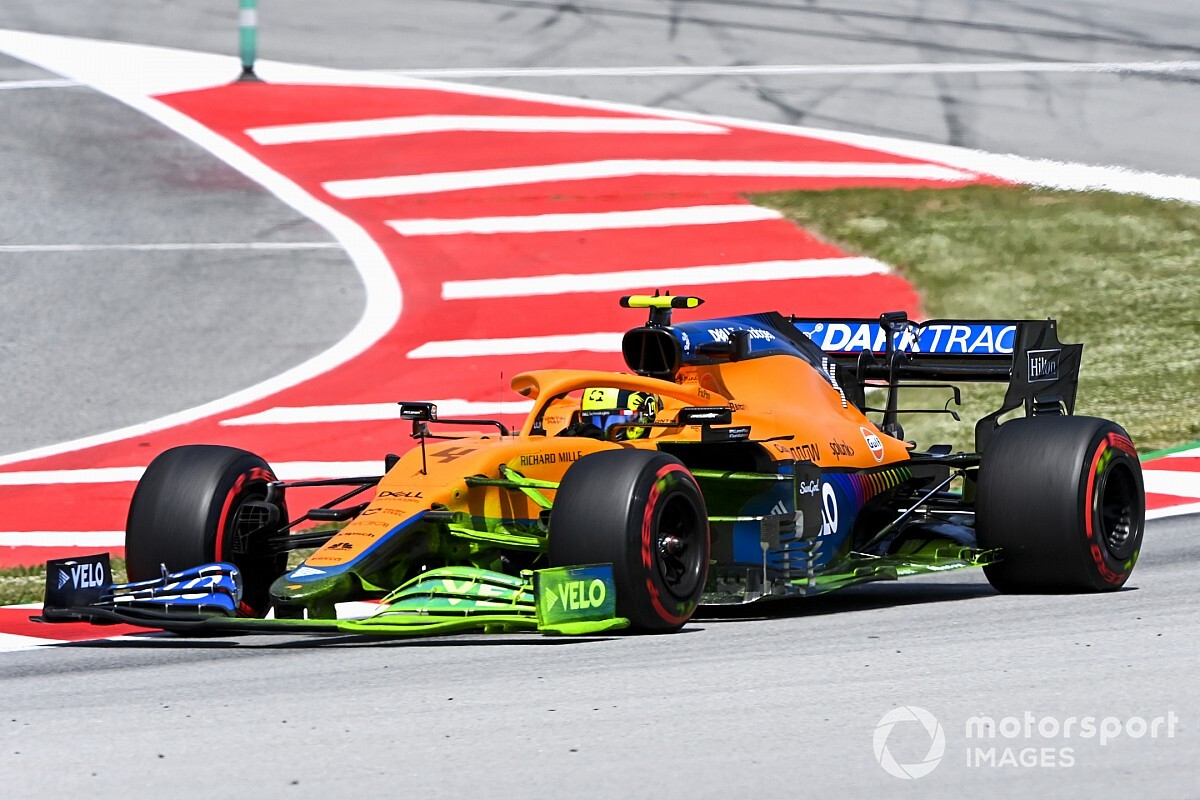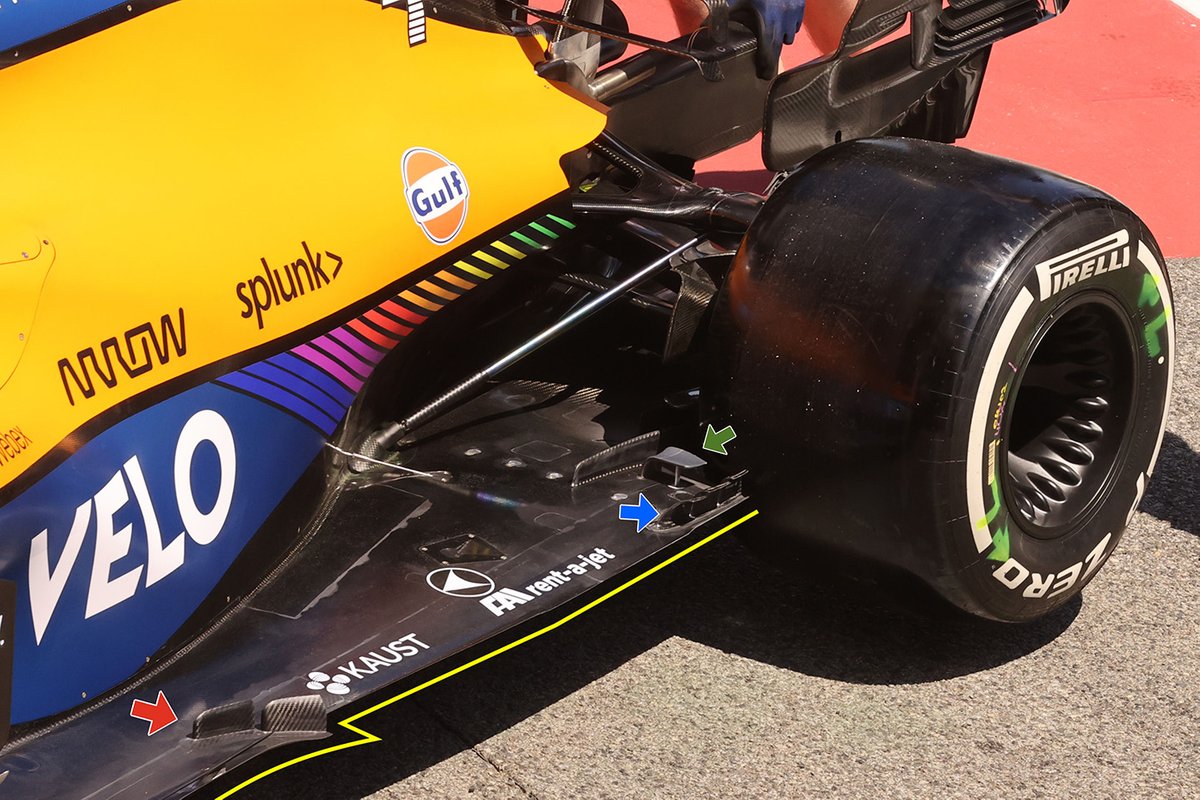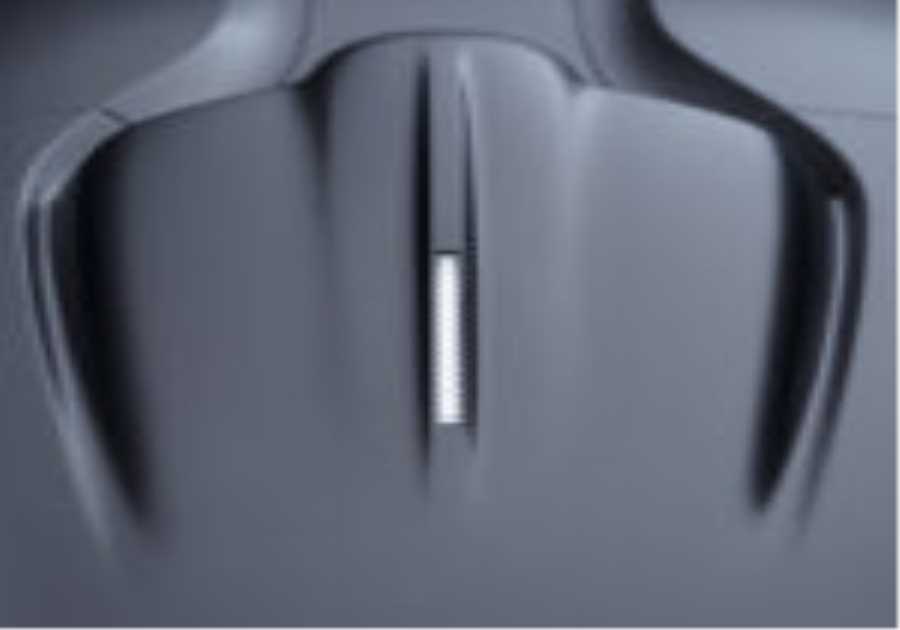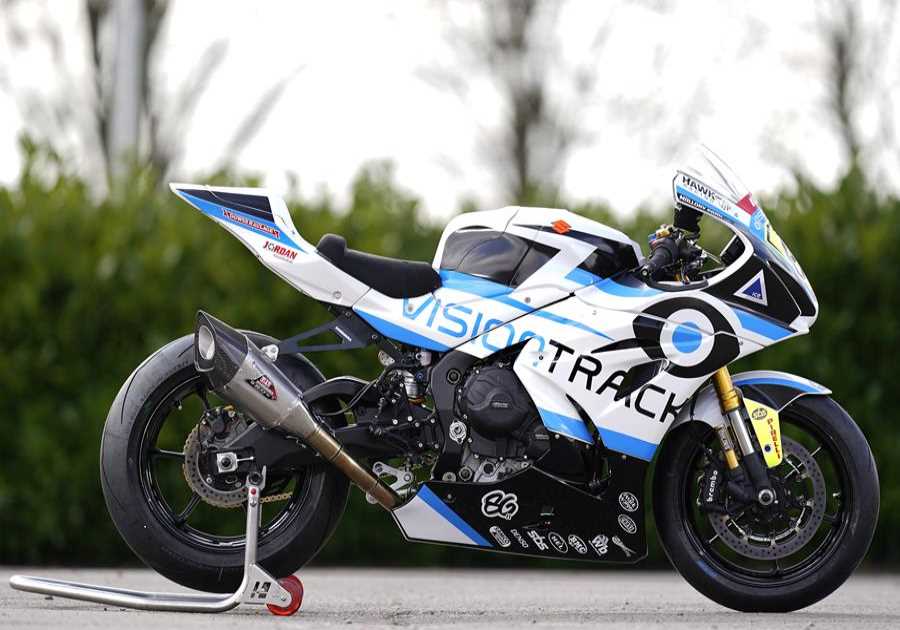
It duly arrived at the Spanish Grand Prix this weekend with some new parts to be assessed to improve the MCL35M’s performance.
The parts were first tested by Lando Norris during the first RP while his teammate Daniel Ricciardo was collecting basic data on the old setup.
Both had the revisions for the FP2, with the front wing optimized for a higher downforce configuration while its new floor follows the example of its competitors.
The changes made to the front wing are very subtle. The arrangement used in the opening phase of the season just needs to be tweaked to get a little more performance without destabilizing the already established flow structures that blend well with the other aerodynamic furniture downstream.
The optimizations, albeit small but thorough, show that the entire wing section has changed. This can be seen more clearly in the inner and outermost areas where the geometry of the main plane has been changed at the connection points.
In the outer part of the wing, the main plane now has a straight section connecting it to the endplate instead of hanging down (highlighted in orange).
This also has a corresponding effect on the shape of the flaps behind it, as they have to be adapted accordingly. All of this changes the interaction of the wing elements with the end plate and thus also the behavior of the air flow.
McLaren MCL35M front wing comparison
Photo by: Giorgio Piola
It is similar with the connection of the main plane with the neutral middle part of the wing, with the leading edge now sloping downwards with a gentler curve when it reaches over the front of the wing (highlighted in orange).
This change in profile at the junction of the two wing sections results in the Y250 vortex being removed from the area that is changed when the team tunes the direction, shape and / or speed of the vortex before moving on to other aerodynamic equipment moving towards downstream.
The shape of the flaps behind the main plane was also changed, further changing the shape, direction and speed of the vortex, while also changing the ratio of the wing available for flow conditioning to generate downforce.
The two straps attached to the underside of the wing also appear to have been modified as they are closer together and the outermost slope is also slightly reduced.

McLaren MCL35M Z-shaped bottom cutout
Photo by: Giorgio Piola
McLaren is also the eighth team to try out a Z-shaped floor plan after evolving with interest its rivals in the opening phase of the season and preparing its own version.
Also read:
The solution was paired with two offset, outwardly angled ribs (red arrow) at the beginning of the section to direct the airflow into the path of the section and initiate a stronger vortex structure.
And while it will undoubtedly be necessary to realign the aero structures on the top in front of the rear tire, the team has been actively looking for success here as early as this season.
The team uses quadruple sipes that bulge at the edge of the floor (blue arrow) and the r-shaped vane (green arrow) to try to divert airflow before it reaches the tire surface. If this option is not checked, it can enter the diffuser and affect performance.
The post What’s behind McLaren’s latest F1 upgrades? first appeared on monter-une-startup.





